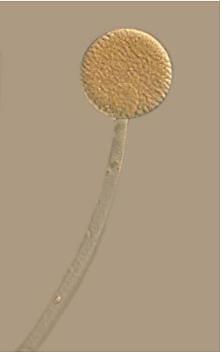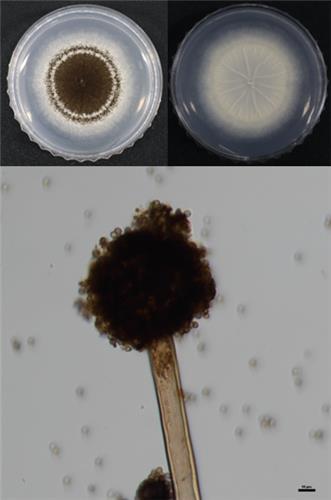
[National Institute of Biological Resources]
SEOUL -- South Korean researchers have discovered a new species of Mucor from the surface of the spotted lanternfly. It marked 13th species of Mucor, which is a microbial genus of molds commonly found in soil, digestive systems, plant surfaces, some cheeses, rotten vegetable matter and iron oxide residue in the biosorption process.
The new find was named "Mucor cheongyangensis" in a research paper published on the website of Phytotaxa, a peer-reviewed scientific journal, according to the Environment Ministry. Mucor cheongyangensis was isolated from the surface of Lycorma delicatula, the spotted lanternfly found in 2019 in Cheongyang County, some 120 kilometers (74 miles) southwest of Seoul.
The paper was jointly produced by the state-run National Institute of Biological Resources (NIBR) and a research team from Chonnam National University, the ministry said in a statement. "We will continue to find fungi in the future and study their role in the bio-industry," NIBR Director Bae Yeon-jae was quoted as saying.
Mucor releases large amounts of enzymes and various metabolites that break down proteins, lipids and carbohydrates. It is widely used in fermented food industries and the production of enzymes. In particular, the microplastic decomposition ability of polycarbonate components can be used for the biological treatment of plastic waste.
The ministry said that NIBR would use the new discovery as a springboard to boost research on Zygomycota, or zygote fungi, which is a former division or phylum of the kingdom Fungi. Some 1,060 species are known and are mostly terrestrial in habitat, living in soil or on decaying plant or animal material.




